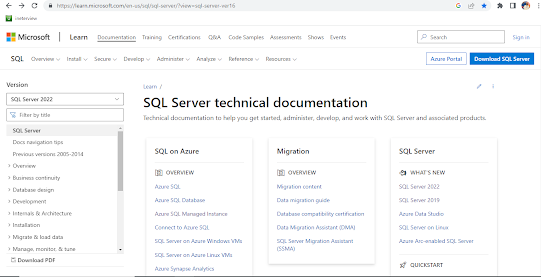Managing Version Store Space in SQL Server
Managing Version Store Space in SQL Server Introduction: SQL Server's version store is an important component of its concurrency control mechanism, used to store row versions generated by transactions that use the READ COMMITTED SNAPSHOT or SNAPSHOT isolation levels. However, if the version store runs out of space, it can lead to transaction failures and other issues that can affect the stability and performance of your SQL Server database. In this blog post, we will discuss how to manage version store space in SQL Server and ensure that your database remains stable and performing optimally. Identifying Version Store Space Issues: The first step in managing version store space is to identify if there are any issues. You can use the sys.dm_tran_version_store_space_usage Dynamic Management View (DMV) to monitor the space usage of the version store and identify if it is running low on space. This DMV returns information about the amount of space reserved an...
